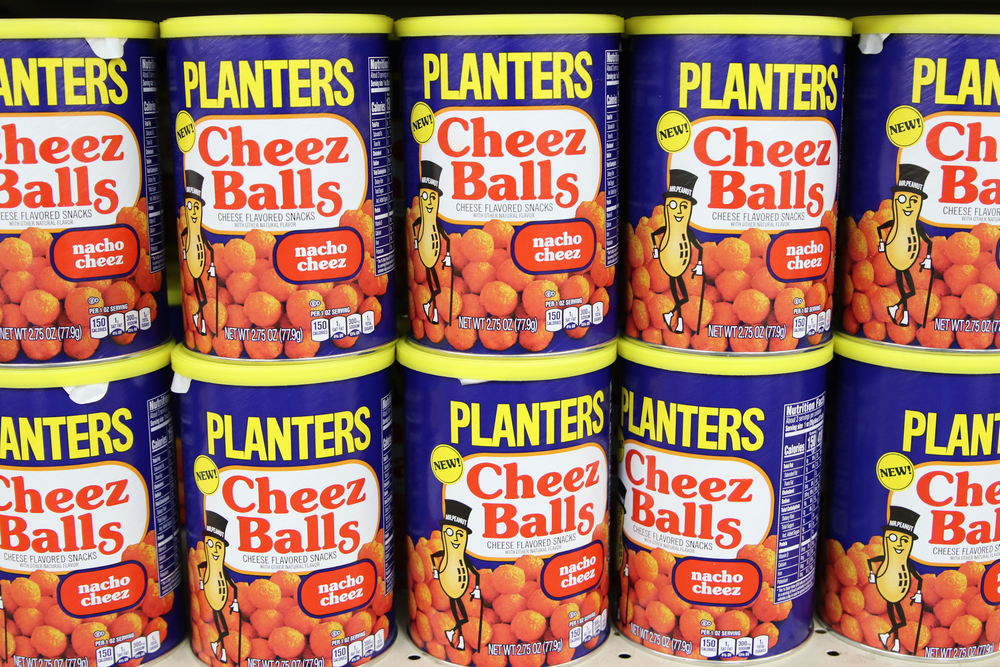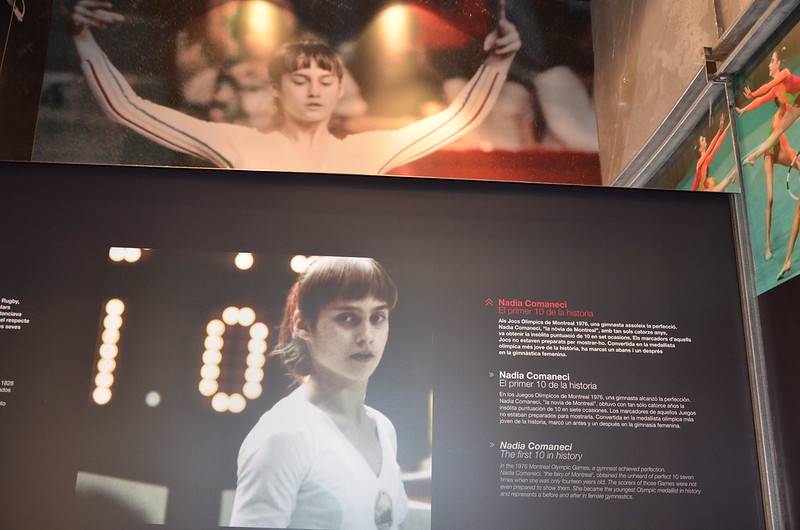Music has always been a reflection of the times, with each decade giving rise to new genres that defined not only the sound of the era but also its cultural identity. From the soulful rhythms of jazz in the 1920s to the electronic beats of hyperpop in the 2020s, these genres have shaped how we experience music. Each brought something fresh, capturing the spirit of its time and influencing future sounds. Whether it’s through social movements or technological advancements, music continues to evolve, leaving a lasting impact on every generation. Let’s take a closer look at 20 genres that redefined music over the decades.
Jazz (1920s)
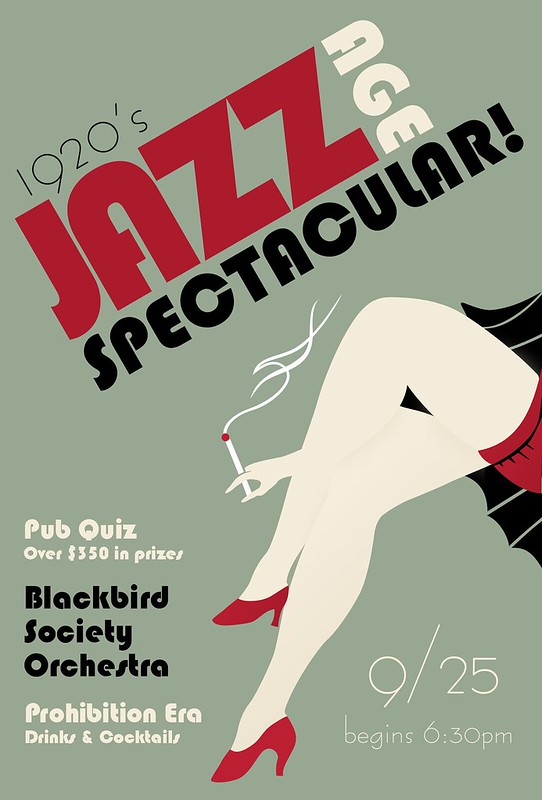
Jazz emerged in the 1920s as a rebellious and improvisational music style, blending African American musical traditions with European harmonies. Its syncopated rhythms, bluesy notes, and inventive solos made it the soundtrack of the “Roaring Twenties.” Speakeasies across America thrived on jazz, turning musicians like Louis Armstrong into household names. The genre’s free-flowing, expressive nature resonated deeply with a generation seeking to break free from societal norms. From New Orleans to Chicago, jazz symbolized a cultural revolution in sound. Its influence remains in many contemporary music genres, including hip-hop and rock.
Swing (1930s)
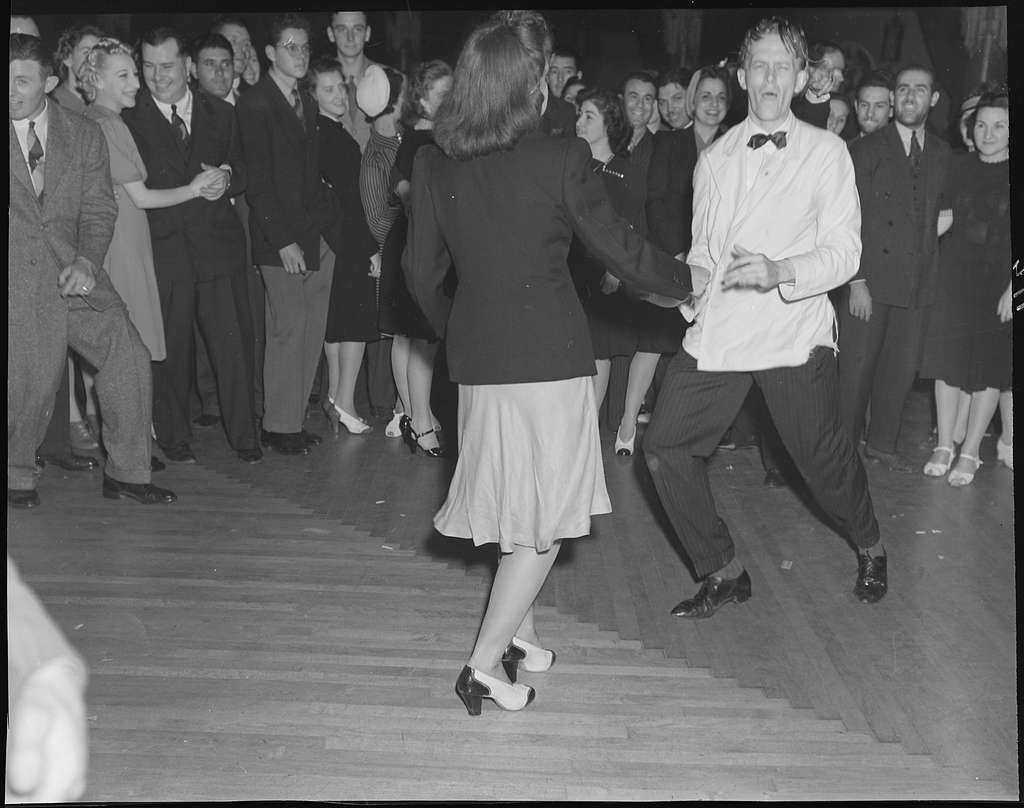
As the Great Depression weighed down on the world, swing music brought an upbeat, danceable relief. Big bands, led by the likes of Duke Ellington and Benny Goodman, filled ballrooms with lively rhythms and brass-heavy arrangements. This genre’s infectious energy drew in large audiences who wanted to escape their everyday struggles through music. Swing incorporated elements of jazz but added a more structured, rhythmic foundation, making it ideal for dancing. The swinging beats were a unifying sound that brought people together in tough times. Even today, swing’s vivacity continues to inspire dance music.
Blues (1940s)
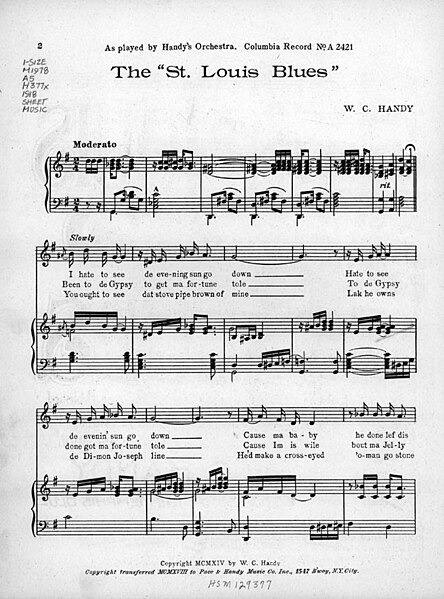
During the 1940s, blues transitioned from its rural roots to urban cities, becoming a powerful force in shaping modern music. Artists like Muddy Waters amplified the sound, introducing electric instruments that would later influence rock and roll. The lyrics often touched on themes of hardship, love, and perseverance, resonating with working-class listeners. Blues wasn’t just music; it was storytelling, expressing the deep emotional experiences of African Americans in a segregated America. As migration patterns shifted, so did the genre, evolving into different styles like Chicago blues and Delta blues. Its raw, emotive power is still felt in genres like rock, R&B, and soul.
Rock and Roll (1950s)
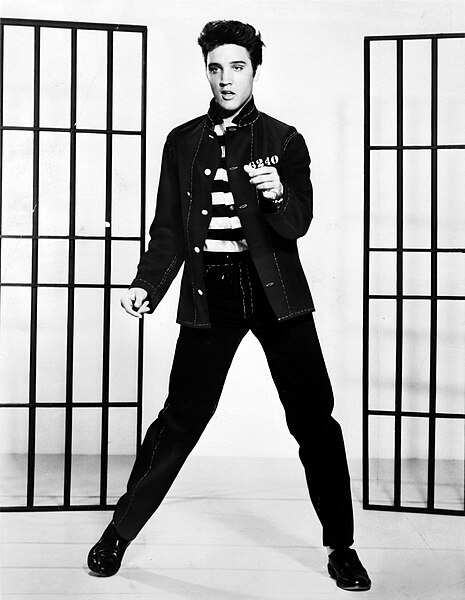
The 1950s saw the birth of rock and roll, a genre that took the world by storm with its rebellious spirit and infectious energy. Elvis Presley, Chuck Berry, and Little Richard became pioneers, mixing rhythm and blues with country influences. Rock and roll wasn’t just about the music; it was a lifestyle, challenging the conservative values of the era. Its driving beats and simple, catchy lyrics resonated with a younger generation eager to break free from societal norms. This genre’s influence would later shape the sound of rock music in the decades to come. Rock and roll truly revolutionized the way music was consumed and performed globally.
Motown (1960s)
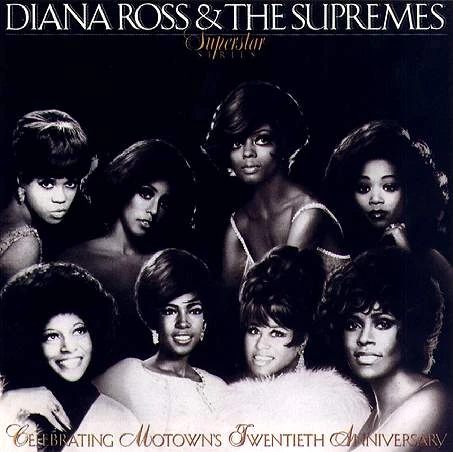
Motown, founded by Berry Gordy in 1959, played an integral role in defining the sound of the 1960s. Known for its soulful melodies and tight harmonies, the genre produced iconic acts like The Supremes, Marvin Gaye, and The Temptations. What set Motown apart was its ability to blend soul, pop, and R&B, creating universally appealing music that crossed racial boundaries. This genre reflected the social changes of the Civil Rights Movement, offering a soundtrack for unity and empowerment. Motown’s polished production style became a blueprint for future pop music. Its legacy lives on in the countless artists it inspired.
Psychedelic Rock (1960s)
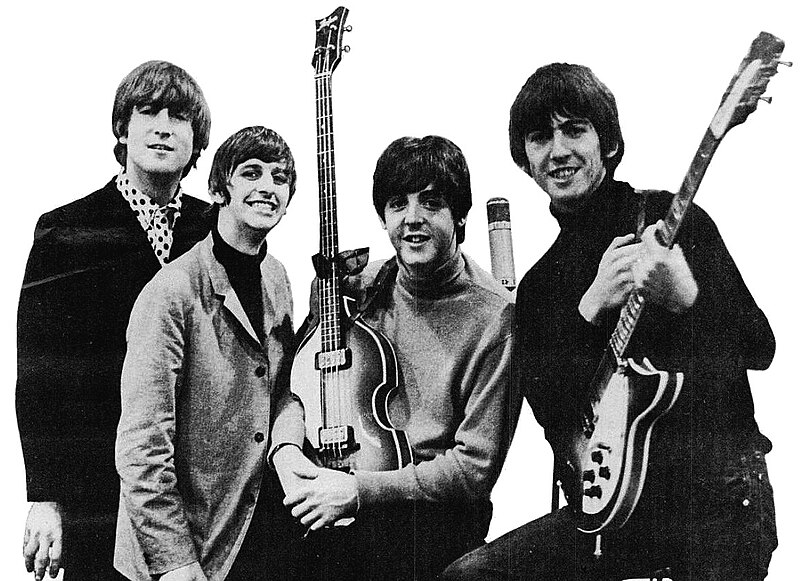
Psychedelic rock exploded in the mid-1960s, capturing the experimental and free-spirited ethos of the counterculture movement. Bands like The Beatles, The Doors, and Pink Floyd pioneered this genre, blending distorted guitar sounds with unconventional song structures. Lyrics often explored themes of consciousness, freedom, and rebellion, resonating with the growing countercultural mindset. The genre also embraced the use of visual art and light shows during performances, creating an immersive experience for listeners. Psychedelic rock’s experimental nature opened doors for future genres like progressive rock and electronic music. It truly encapsulated the era’s sense of artistic exploration and boundary-pushing.
Disco (1970s)
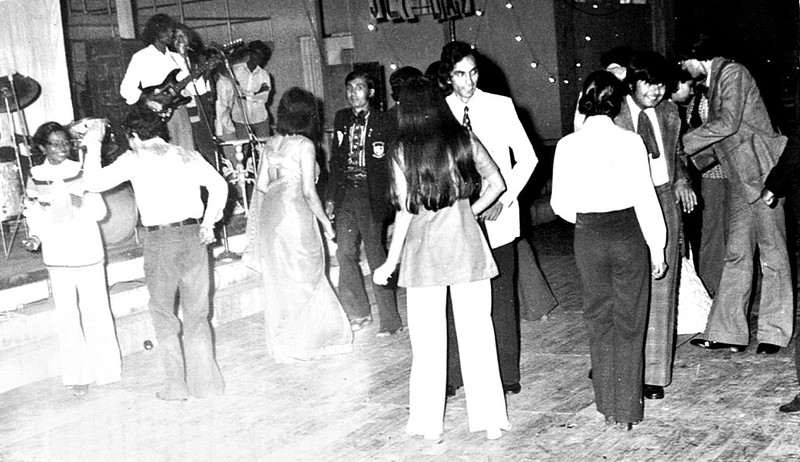
The 1970s were dominated by disco, a genre that combined upbeat rhythms with electronic instruments and soulful vocals. Emerging from dance clubs, disco became a social phenomenon, as artists like Donna Summer and the Bee Gees crafted hits that filled dance floors around the world. Its hypnotic beats and glamorous style offered an escape from the political turmoil and economic hardships of the decade. Disco’s emphasis on rhythm, groove, and danceability forever changed the landscape of pop music. Though its popularity waned by the end of the decade, its influence can still be heard in modern dance music genres like house and EDM. The genre’s legacy is one of pure joy and movement.
Punk Rock (1970s)
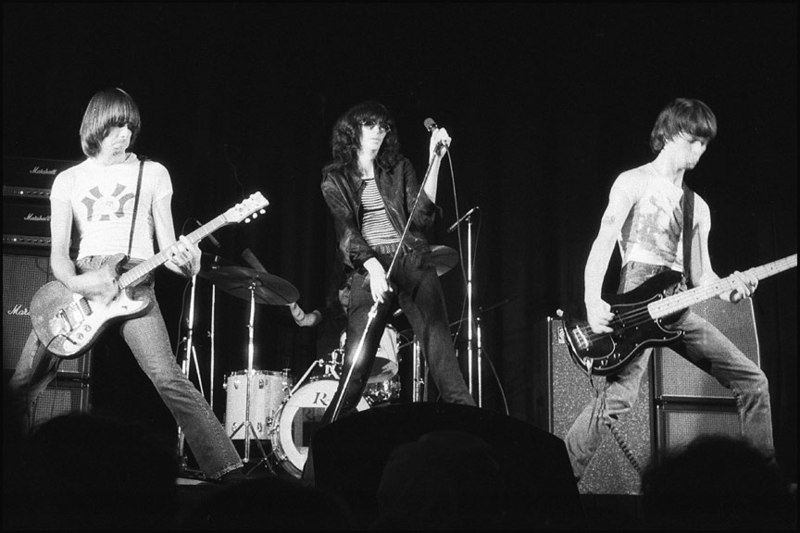
Punk rock emerged in the late 1970s as a reaction against the polished, commercialized sound of mainstream rock. Bands like The Ramones, The Sex Pistols, and The Clash stripped music down to its raw basics: fast tempos, aggressive guitar riffs, and anti-establishment lyrics. It wasn’t just a genre—it was an attitude, representing a DIY ethos and a rebellious spirit. Punk rock’s unrefined sound and confrontational lyrics gave voice to a generation disillusioned with political and social systems. This genre laid the foundation for alternative and indie music movements that would follow. Its lasting impact can be felt across various subgenres of rock today.
Hip-Hop (1980s)
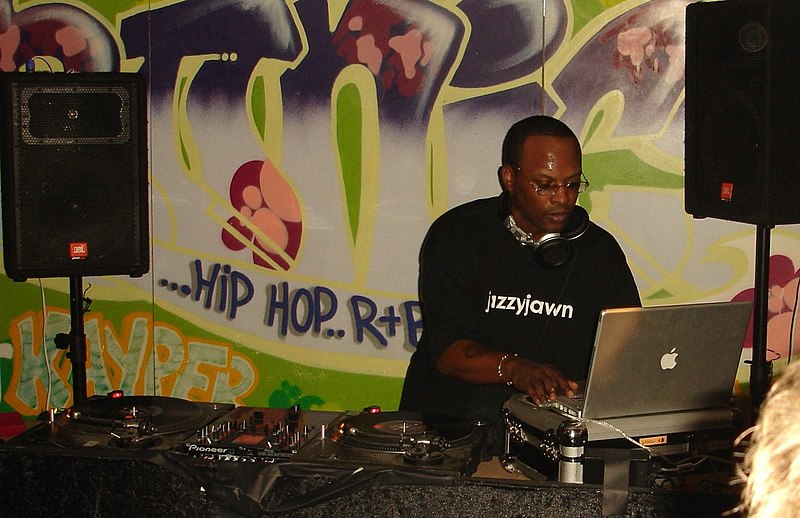
Hip-hop rose to prominence in the 1980s, originating from the streets of the Bronx and spreading across the globe. As a cultural movement, it encompassed more than just music, influencing dance, fashion, and language. Artists like Grandmaster Flash, Run-DMC, and LL Cool J used rap as a form of storytelling, often addressing social issues like poverty, racism, and inequality. The genre’s rhythmic beats, innovative sampling, and lyricism created a unique, fresh sound that resonated with urban youth. Hip-hop broke down barriers, blending elements of jazz, funk, and R&B into something entirely new. Its evolution has shaped the course of popular music for decades.
New Wave (1980s)
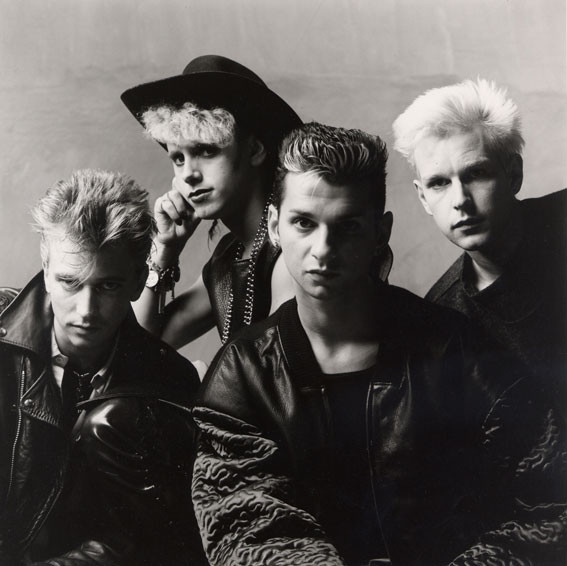
New wave redefined the sound of the 1980s, blending elements of punk rock, electronic music, and pop. With its quirky, futuristic sounds and stylish aesthetic, bands like Depeche Mode and Talking Heads became the face of the movement. It offered a more polished, synth-driven alternative to the raw aggression of punk rock, yet retained a sense of individuality and rebellion. New wave was characterized by its use of synthesizers, drum machines, and unconventional vocals, creating a sound that was both edgy and radio-friendly. The genre bridged the gap between underground music and mainstream pop. Its lasting influence is still evident in modern indie and alternative acts.
Grunge (1990s)
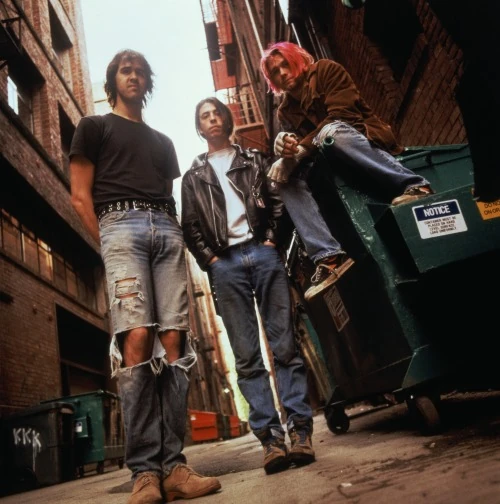
Grunge emerged from Seattle in the early 1990s, blending elements of punk and heavy metal into a raw, angst-driven sound. Bands like Nirvana, Pearl Jam, and Soundgarden captured the disillusionment and frustration of Generation X, offering a stark contrast to the flashy pop of the 80s. Grunge’s distorted guitars, melancholic lyrics, and flannel-clad aesthetic resonated with listeners who craved authenticity. This genre stripped music down to its emotional core, rejecting the commercial excess of previous decades. Though short-lived, grunge left an indelible mark on rock music, influencing alternative rock bands for years to come. It remains a symbol of 90s counterculture.
Britpop (1990s)
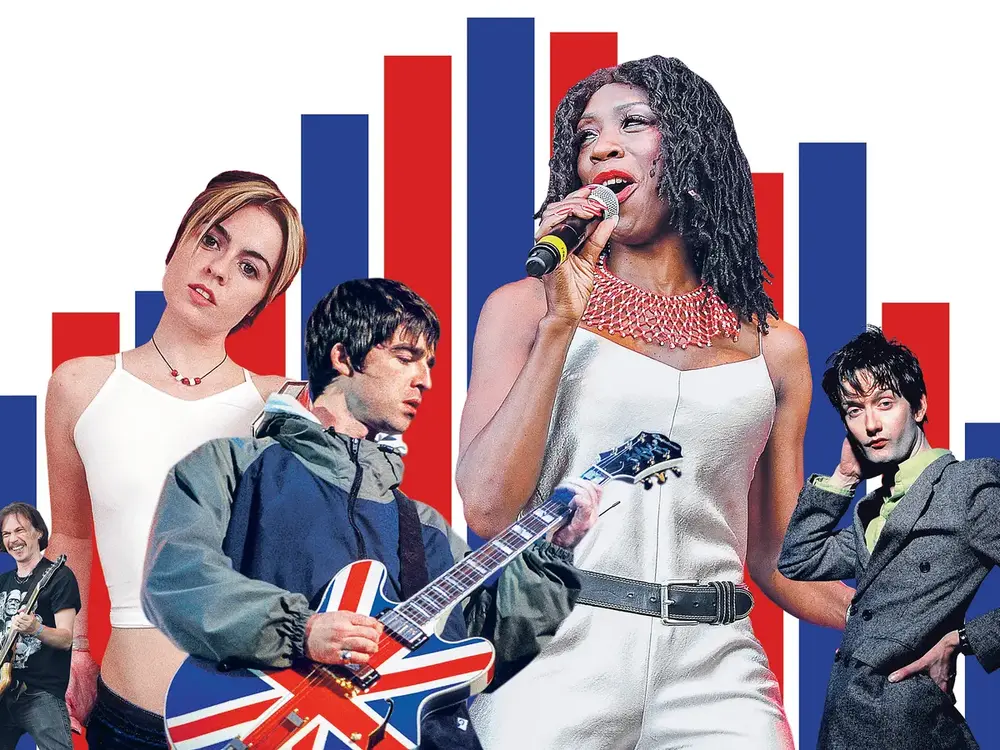
Britpop took over the UK in the mid-1990s, celebrating British culture and serving as a counterpoint to American grunge. Bands like Oasis, Blur, and Pulp dominated the charts with catchy melodies, guitar-driven anthems, and lyrics that often touched on everyday life in Britain. The genre drew heavily from 1960s British rock, particularly The Beatles and The Kinks, but with a modern twist. Britpop’s upbeat, cheeky attitude provided a refreshing alternative to the heavier sounds of grunge and alternative rock. The rivalry between bands like Oasis and Blur became part of the cultural conversation. Its influence is still felt in British indie and rock music today.
EDM (2000s)
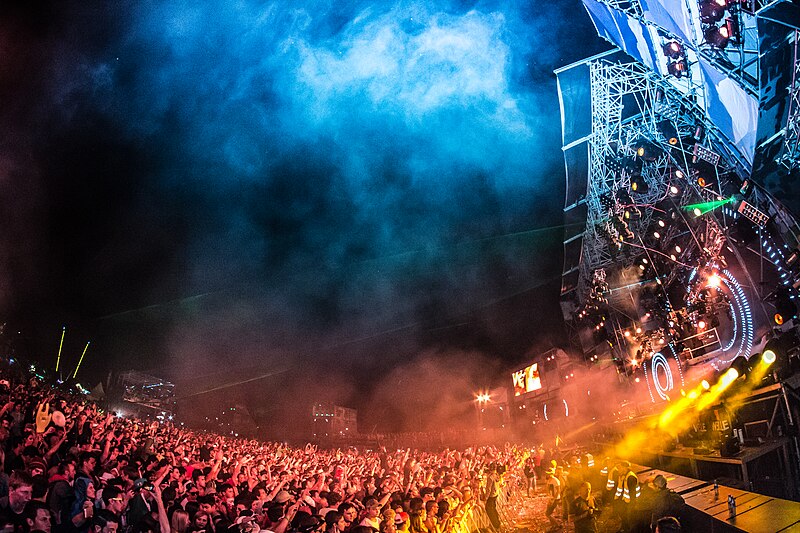
Electronic Dance Music (EDM) skyrocketed in popularity during the 2000s, becoming the sound of festivals, clubs, and mainstream radio. DJs like David Guetta, Tiesto, and Deadmau5 took center stage, blending house, techno, and trance into electrifying tracks that dominated dance floors worldwide. EDM’s pulsing beats, build-ups, and drops created an immersive, communal experience for listeners. Its global appeal led to massive music festivals like Tomorrowland and Ultra, which continue to draw millions of fans. The genre’s evolution has influenced pop music, with many top-charting songs incorporating electronic elements. EDM remains a dominant force in shaping modern music trends.
Indie Rock (2000s)
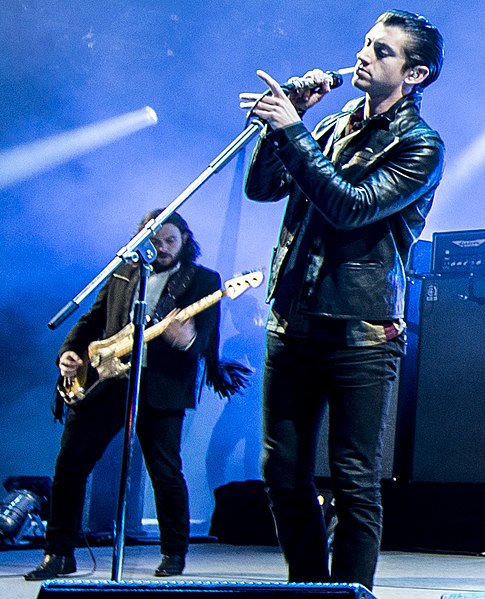
The 2000s saw a resurgence of indie rock, a genre that emphasized a DIY ethos and creative freedom. Bands like The Strokes, Arcade Fire, and Arctic Monkeys brought guitar-driven sounds back to the forefront of alternative music. Indie rock’s raw, unpolished aesthetic was a direct response to the commercialized pop music dominating the charts. These bands gained loyal followings by rejecting the major label system and focusing on authentic, emotionally driven music. Indie rock became synonymous with a certain level of cool, often associated with hipster culture. Its influence has spread far beyond its origins, shaping much of today’s alternative music scene.
Trap (2010s)
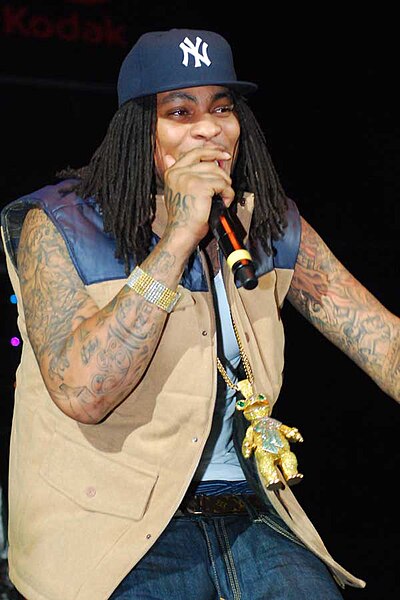
Trap music became a dominant force in the 2010s, blending Southern hip-hop with electronic elements. Originating in Atlanta, trap’s heavy bass, fast hi-hats, and aggressive lyrics became the signature sound of artists like Future, Migos, and Travis Scott. The genre’s name comes from its association with “trap houses,” a slang term for drug-dealing spots, reflected in its gritty lyrics. Trap quickly crossed over into mainstream music, influencing pop and EDM, with producers like Metro Boomin and Zaytoven at the helm. Its hard-hitting beats have made it a staple in clubs, and its impact on rap and electronic music continues to grow. Trap’s global reach shows no signs of slowing down.
Reggaeton (2000s-2010s)

Reggaeton gained worldwide recognition in the late 2000s and into the 2010s, blending Latin rhythms with hip-hop and dancehall. Artists like Daddy Yankee, J Balvin, and Bad Bunny brought the genre into the mainstream with infectious beats and bilingual lyrics. Reggaeton’s dembow rhythm, a syncopated drum pattern, is at the heart of its sound, making it instantly recognizable. Its fusion of Caribbean influences with modern pop production made it a global phenomenon, dominating radio charts and playlists. The genre’s rise has also led to a greater appreciation for Latin culture in the mainstream music industry. Its influence on pop music remains strong, with many artists incorporating reggaeton beats into their tracks.
K-Pop (2010s)
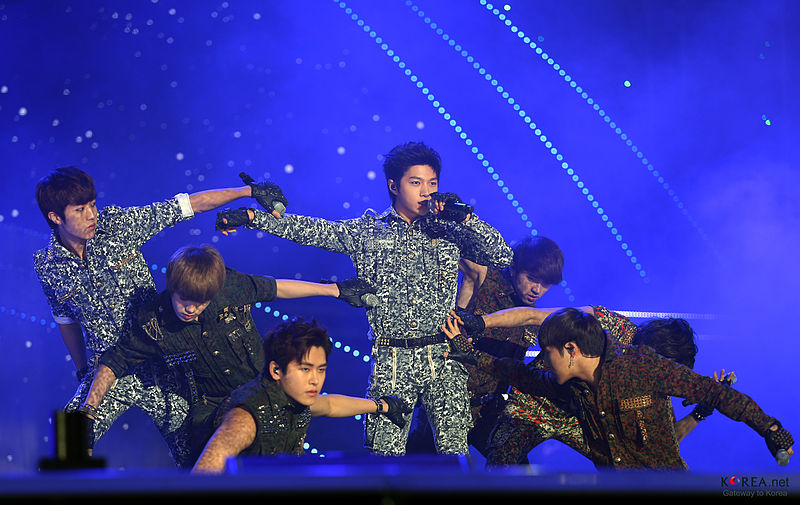
K-pop, short for Korean pop, exploded onto the global stage in the 2010s with its meticulously produced music, elaborate choreography, and loyal fanbase. Groups like BTS, EXO, and Blackpink gained international recognition, breaking language barriers and dominating the charts. K-pop blends various genres, including hip-hop, R&B, and electronic music, while also placing a strong emphasis on visual aesthetics and performance. Its global success can be attributed to its high production value and the strategic use of social media to engage fans worldwide. K-pop’s influence on fashion, culture, and music continues to grow, making it one of the most significant music genres of the decade. It has redefined what it means to be a global music phenomenon.
Dubstep (2010s)
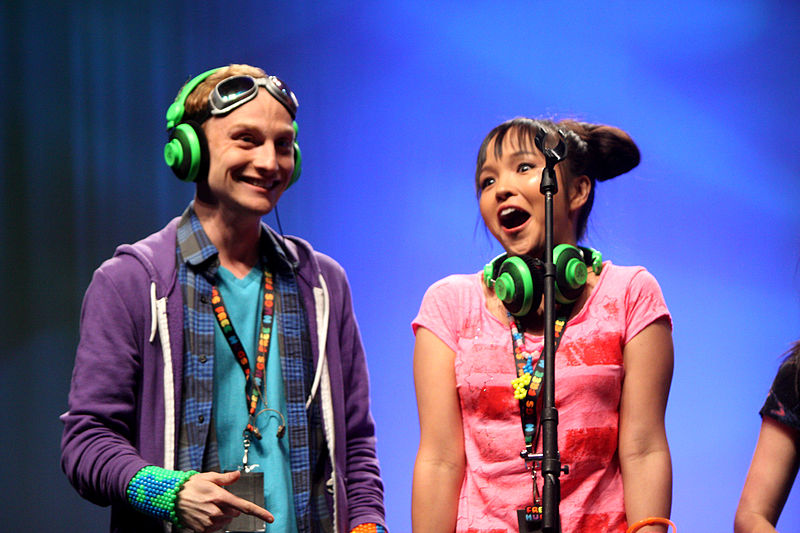
Dubstep became synonymous with the underground rave scene in the early 2010s, known for its heavy bass drops and wobbly synths. Artists like Skrillex and Bassnectar popularized the genre, bringing its intense, bass-heavy sound to mainstream audiences. The genre is characterized by its use of syncopated rhythms and complex sound design, creating a visceral experience for listeners. Dubstep’s experimental approach pushed the boundaries of electronic music, influencing other subgenres like trap and future bass. Its distinct “wub-wub” sound became instantly recognizable, solidifying its place in the electronic music world. Though its peak has passed, dubstep’s influence on EDM and pop production remains.
Afrobeats (2010s)
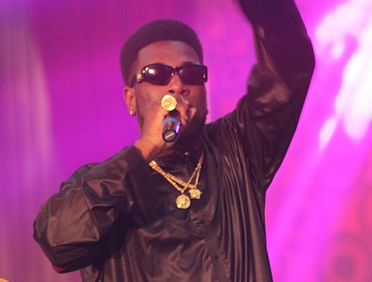
Afrobeats, a genre blending African rhythms with Western pop and hip-hop, emerged in the 2010s as a global musical force. Artists like Wizkid, Burna Boy, and Davido brought African sounds to the mainstream, celebrating cultural roots while pushing musical boundaries. Its vibrant beats and infectious melodies make it impossible not to move to, with a sound that is both celebratory and soulful. The genre’s rise reflects the growing influence of African music on global pop culture. Afrobeats has not only opened doors for African artists but has also influenced mainstream pop, hip-hop, and dancehall. The genre’s impact on global music is undeniable, and its future looks even brighter.
Hyperpop (2020s)
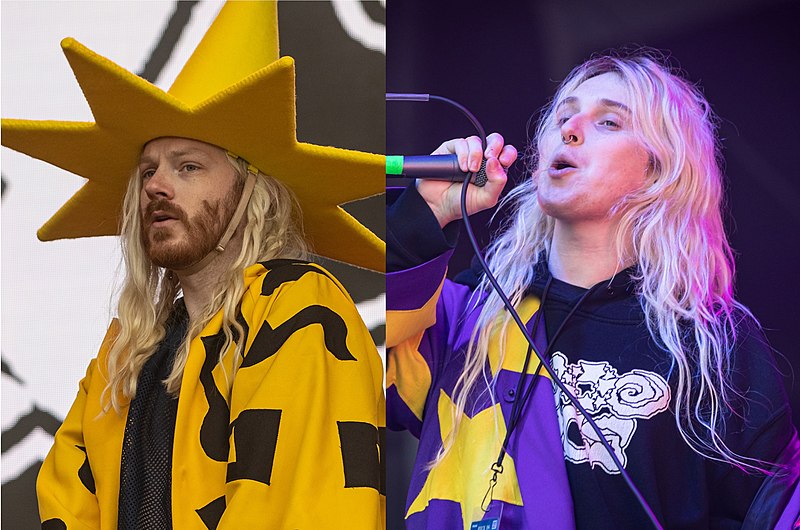
Hyperpop emerged as an avant-garde, genre-blurring sound in the late 2010s and early 2020s, characterized by its extreme approach to pop music. Artists like SOPHIE, 100 gecs, and Charli XCX took traditional pop structures and turned them on their head with distorted vocals, exaggerated beats, and surreal production techniques. Hyperpop embraces artificiality, celebrating digital culture and pushing the boundaries of what pop music can be. Its chaotic yet catchy sound resonated with a younger generation seeking something different from the polished mainstream. The genre has become a playground for experimentation, blending elements of electronic, rap, and pop into a futuristic, boundary-pushing sound. Hyperpop represents a bold new frontier in pop music’s evolution.
This article originally appeared on Rarest.org.
More From Rarest.Org
Many beloved snacks from the past have disappeared from store shelves, leaving fans yearning for their return. Whether due to changing tastes, production costs, or shifting market trends, these discontinued treats hold a special place in the hearts of snack lovers. Read more.
Stadiums are more than just venues for sports, they are architectural marvels that push the boundaries of design and innovation. From iconic shapes to sustainable features, these remarkable structures showcase how function meets artistry. Read more.
The Olympics have produced countless moments that have left a lasting impact on both athletes and spectators. From record-breaking performances to displays of sheer determination, these events capture the true essence of human achievement. Read more.

